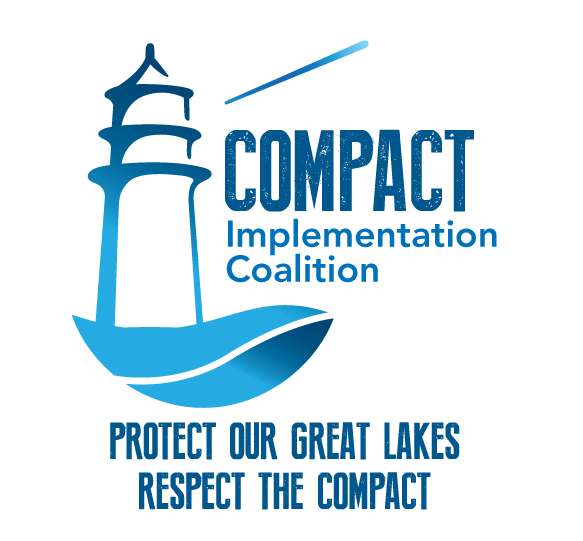Akron Beacon Journal: Be careful with the Great Lakes
Be careful with the Great Lakes, Akron Beacon Journal, August 31, 2015
Akron Beacon Journal Editorial Board
The Great Lakes Compact stands as a rare achievement. Ohio and the seven other states that share this natural treasure, one-fifth of the planet’s fresh surface water, joined to treat the lakes as one ecosystem. They did so, in part, to prevent the diversion of water from the natural basin. To achieve such a diversion, all of the governors must approve a proposal.
Now, seven years after its formation, the compact faces its first stern test. The city of Waukesha, near Lake Michigan in Wisconsin, and just outside the basin, has a problem with contamination of its aquifer. It sees a solution in diverting water from the lake.
City officials note, correctly, that the amount of the diversion is infinitesimal compared to the volume of the lakes. Yet this matter isn’t about Waukesha alone. What John Kasich and his fellow governors must weigh is the precedent that could be set, the potential for opening doors to others, the compact put at risk. The governors must take care in their analyses and decision-making.
One key measure of a diversion request involves whether the amount of water is reasonable in view of the applicant’s needs. Waukesha wants to divert between 10.1 million gallons per day and 16.7 million gallons per day. A recent independent assessment noted that water demand in the city has been declining the past three decades, with average daily use between 6.7 million gallons and 11.1 million gallons. A fair question has been raised by environmental groups: Why such a gap between the current use and the proposed diversion?
Another key measure established in the compact requires Waukesha to show that it has exhausted alternative options for dealing with its water problem. Again, independent evaluations suggest there are other paths to a solution. They point out that the city could use existing wells, along with investing in new reverse osmosis plants to treat the high levels of radium. One projection concluded that such an approach would be less costly than the diversion plan.
The point is to press Waukesha officials in the interest of serving the compact. As Kristy Meyer of the Ohio Environmental Council argued recently in testimony, Ohio, especially, has a big stake in seeing the compact work. She emphasized that Lake Erie is “the most biologically productive” of the lakes, producing “more fish for human consumption than all of the other lakes combined.” That translates into a thriving recreational industry.
For the Great Lakes region as a whole, there is recent history. In the 1980s, Congress invited ideas for diverting water to parched areas far beyond the basin. A Canadian company infamously looked at shipping water from the lakes to Asia. And Bill Richardson, then the governor of New Mexico, raised the prospect of the region “awash in water” sharing with others, notably in the Southwest.
The Waukesha proposal hardly rates with such troubling talk. It does go to joint stewardship of a precious resource. The Great Lakes bring immense value to the region. That explains the formation of the compact, and why it is so crucial that governors weigh carefully the ramifications in what Waukesha wants.
